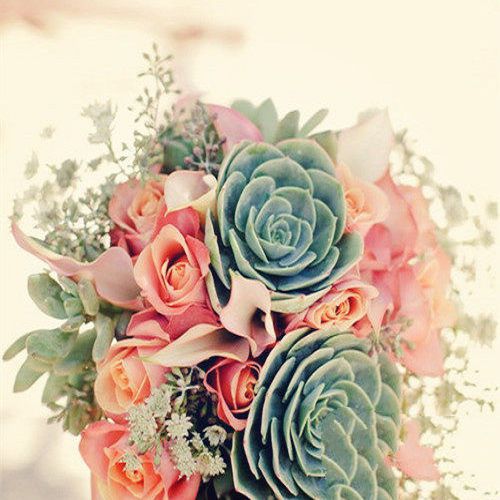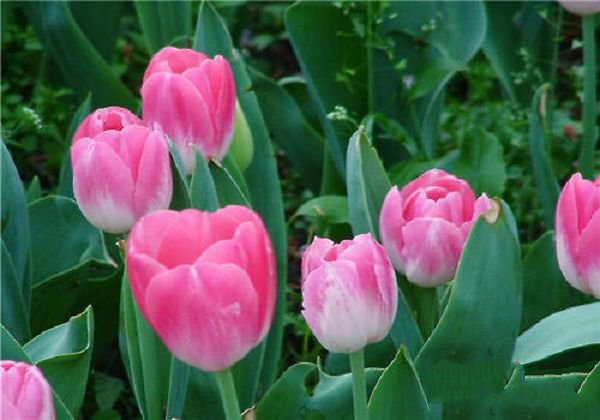Key points of indoor flower maintenance in early winter

With the arrival of winter, the temperature gradually decreases, the sunshine time shortens, the intensity weakens, the growth and development of all kinds of flowers have changed greatly, especially the maintenance and management of potted flowers, we must pay attention to their respective characteristics.
1, the room should be timely. The time of potted flowers entering the room varies according to different flowers. Hibiscus, poinsettia, begonia, cyclamen, jasmine, turtleback bamboo and other warm-loving flowers and trees should be moved indoors when the temperature is 10℃; hanging orchid, asparagus, pointyleaf orchid, goosefoot firewood, rubber tree, etc., should also be moved indoors when the temperature is as low as 5℃. Most flowers should enter the house before frost falls. Potted flowers should pay attention to ventilation indoors. When the temperature is higher at noon, open the doors and windows for ventilation and heat dissipation.
2, water and fertilizer should be appropriate. From the beginning of the middle and late stages, the amount of watering should be controlled and fertilization should be stopped to avoid excessive water and rotten roots, and excessive fertilizer will cause excessive growth of branches and leaves, affecting winter. If the pot soil is not too dry, do not water or water less, especially for shade-resistant flowers and potted flowers placed in indoor dark places with low temperature. It is strictly prohibited to water too frequently and too much water. There must be no accumulated water in the pot tray. Some flowers that bloom around the Spring Festival, such as cyclamen, clivia, crab claw orchid, rhododendron, etc., have passed the dormancy period and begin to enter the peak growth season. Therefore, fertilizer and water should be continuously applied from autumn to Spring Festival flowering, and phosphorus and potassium fertilizer can be appropriately increased to facilitate flower bud formation and bud flowering. Water can be sprayed on the leaf surface and timely loosening, keep the basin loose soil.
3. Reasonable pruning. In addition to flowers blooming in early spring, most flowers can be pruned in autumn and winter, and pruned in late autumn and early winter. This can reduce the nutrient consumption of plants in winter, promote the health of potted flowers, and bloom more in the coming year. During pruning, diseased branches, dead branches, over-dense branches and excessive branches are removed, and sick leaves are removed to lay a good foundation for potted flowers to overwinter.
4. Disease control should be thorough. Autumn and winter are still high incidence season of diseases and insect pests, plant susceptible to scale insects, red spiders, aphids, whiteflies and other pests harm. Diseases include leaf spot disease, branch rot disease, etc. Before potted plants enter the house, these pests must be thoroughly treated and never allowed to harm the house. If no diseases and insect pests are found, drugs can be sprayed for prevention. Generally, 50% carbendazim 800 times solution plus 40% dimethoate emulsifiable solution 1500 times solution, or 50% tuijunte wettable powder 600 times solution plus 40%, isocarbophos 1000 times solution and other pesticides can be used for control.
5. Ensure sufficient sunlight. Some light-loving woody flowers that bloom in summer, such as jasmine, hibiscus, murraya, etc., should be placed in a place with sufficient sunlight to make the plants fully receive light and make the leaves better carry out photosynthesis. They should be placed under the balcony or window facing south to promote the maturity of the branches in that year, so that they can survive the winter safely and ensure that the flowers are still flourishing in the coming year. Potted flowers such as rhododendron, clivia, cyclamen and crab claw orchid that bloom around the Spring Festival should also be placed in sunny places to receive sunshine, otherwise the flowering period will be delayed or even not flowering. Generally, foliage plants are more tolerant of shade, and some light can be given appropriately. They are placed in a sheltered place for 2-3 hours at noon in sunny weather, 1-2 times a week.
Related
- What if the leaves of potted flowers turn yellow?
- Florescence Control of several Flowers
- Anti-freezing technology and post-freezing nursing technology of flowers
- What is the classification of flowers? What are the common methods of flower classification?
- Prevention and control of alkali and acid damage of flowers in courtyard
- Technology of Anti-freezing and restoring growth of Flower seedlings in greenhouse and greenhouse
- How does flower fertilization not hurt the root? Fertilization technology of flowers
- Key points of disinfection in flower greenhouse
- Several pesticides that are banned or used cautiously in flowers
- How to fertilize the flowers that watch the leaves?



